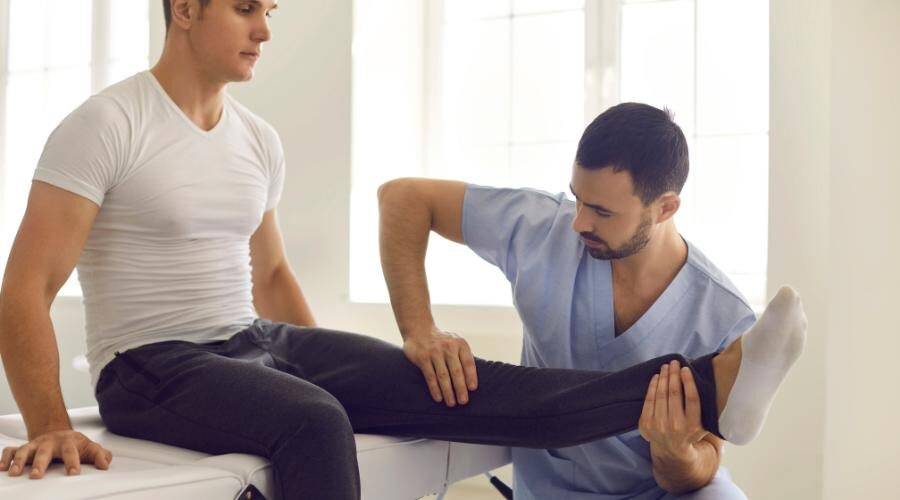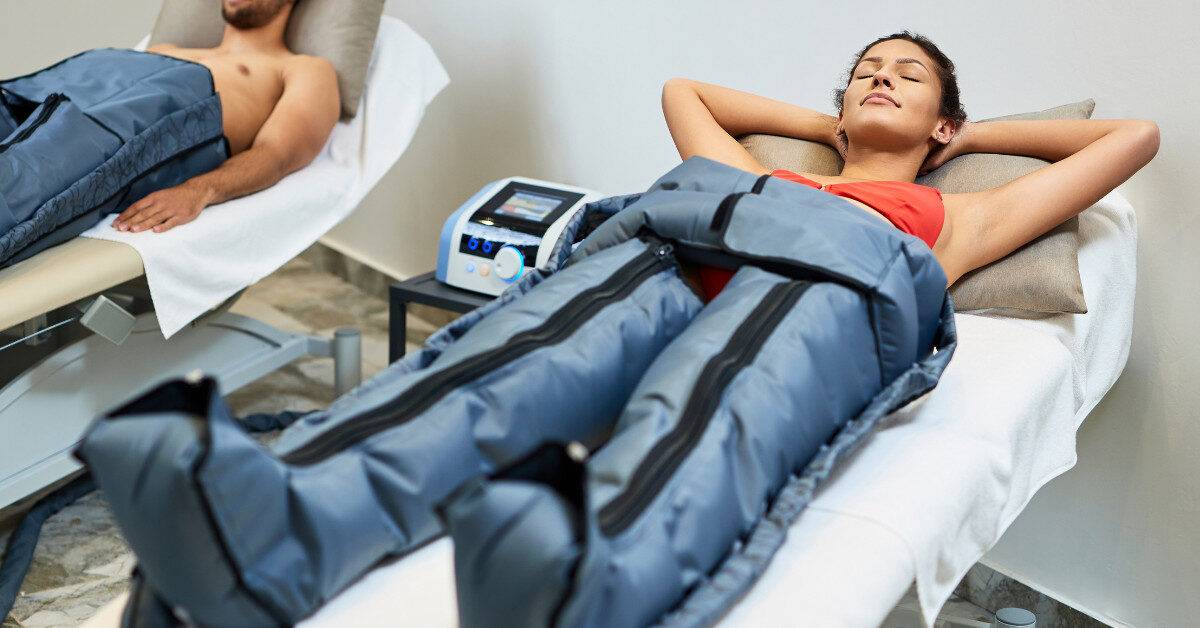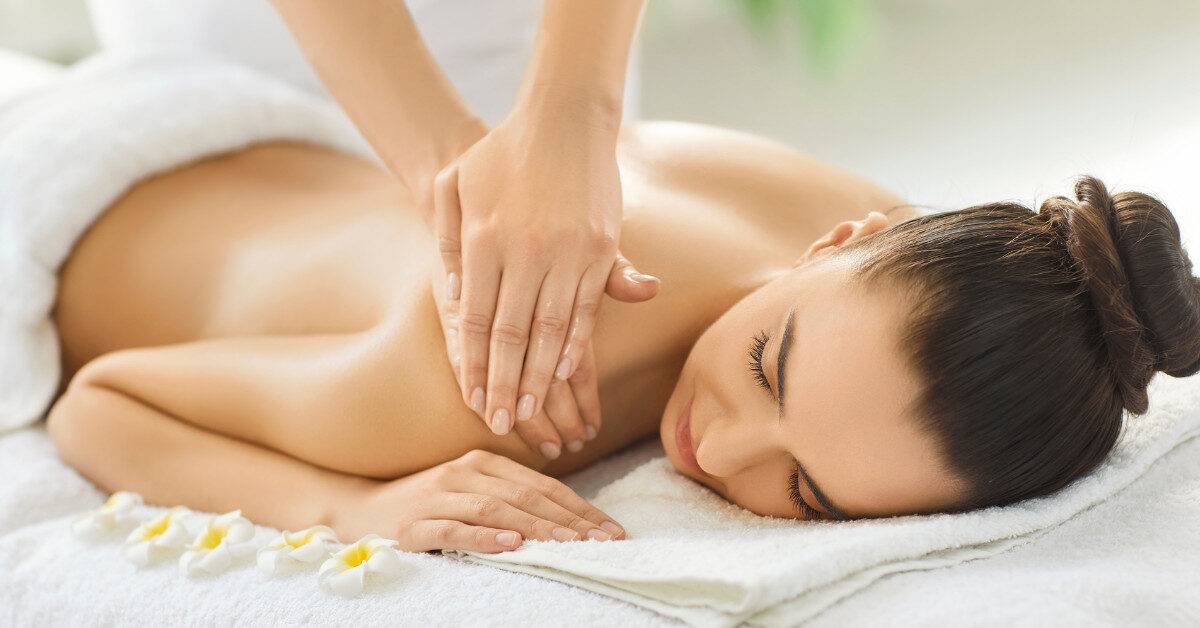Sports massage initially came about as a technique to help athletes condition their bodies. It was a way to enhance high performance at athletic events and help the athlete to train better while sustaining fewer muscle injuries.
But that’s just the origin – that’s not where it ends. Even though it is referred to as sports massage, athletic massage, or sports massage therapy, this type of massage therapy is not just for athletes.
Regardless of whether you are an athlete or someone who just has a regular exercise routine, this type of therapeutic massage can be used to prevent and heal muscular injuries.
Let’s talk about the benefits of sports massage for both non-athletes and athletes alike.

Why Opt for Sports Massage Therapy?
Sports massage therapy is not quite deep tissue massage, nor is it the same as a relaxation massage.
There are also different types of sports massage, depending on your event schedule:
Sports Massage
This is probably the type you know best. It’s customized for the athletic individual, and it focuses on speeding up recovery time, improving performance, and preventing injuries.
Sports Massage should be done on a regular basis as maintenance.
The pressure is deeper to manipulate the soft tissue, and stretching is included to help increase your range of motion and flexibility.
It is common to feel sore after the massage, so you don’t want to schedule one the day of a game or event.
Flush Massage
Flush massage is light pressure and rapid motion. The goal is to increase circulation in the body.
This helps your body warm up, so it should be done the day before or the day of your event or game.
Recovery Massage
This massage should be done the day after the event/game.
Recovery massage has a light to medium pressure. It helps prevent post event soreness and helps encourage blood flow to the tight muscles.
The added blood flow also helps in the repair of damaged muscles, so this type of massage has a particular benefit for athletic individuals.
Even if you’re not a competing athlete, everyone benefits from some level of exercise. The U.S. Department of Health & Human Services has a physical activity guideline based on age groups and lifestyles, but the general standard is that exercise on any level adds to our health. Of course, when we start using our muscles strenuously or repetitively — building up muscles or stamina, increasing range of motion, or improving flexibility — problems can arise.

When to Get a Sports Massage
If you have a specific problem in a localized area, this type of massage is ideal.
But sports massage can still be conducted as a full body massage, depending on the individual’s specific wants and needs.
Many people who exercise, especially unsupervised or untrained, will develop overworked muscles or strains. These issues can come about in a variety of ways: pushing personal development too quickly, improperly using exercise equipment, not warming up properly, etc.
Your massage therapist should be able to help you identify the chronic pain issue and help you to correct it to prevent injuries in the future.
Benefits of Sports Massage for Athletic Individuals
Even if you don’t have an injury, there are a number of benefits of sports massage for athletic individuals:
- Prevent future injuries
- Decrease stiff muscles following exercise
- Bolster relaxation
- Reduce tension
- Develop a better range of motion
- Improve exercise efforts
- Decrease DOMS
- Lessen possible muscle swelling
- Diminish breathing pattern disorders (BPD or Dysfunctional Breathing)
- Strengthen athletic performance, if you participate
Athletic massage is a great addition to your routine if you want to reach a fitness goal. Even if it’s something small like improving your flexibility or preparing your muscles to run a little farther, bringing massage into the mix can help you hit those marks.
What to Expect
Your therapist will need to know what to focus on during your session, so if you didn’t mention it when you scheduled, he or she will want to discuss it before you get started. Make sure you tell them what area is causing you pain, if any specific movements make it worse, what you were doing when the pain started, what medications you’re on, any other health issues, and any previous injuries, if you have that information.
Keep in mind while choosing what to wear to the appointment that your therapist will need to manipulate the muscles in the problem area. That means they’ll need to move your arms and/or legs to properly address the issue. While jeans may be comfortable to you, your therapist won’t be able to reach the muscles as well or stretch them as needed. Loose-fitting athletic wear is often the best choice.

You may experience pressure or some discomfort during your massage, but you should never be in pain. Make sure you let your therapist know so he or she can make adjustments. If it becomes too painful and you don’t let us know, your muscle is going to tense up, and then it becomes more difficult to address the problem.
You will most likely feel sore for a day or two afterward, so be sure to drink plenty of water to help your body recover. Also, try not to participate in strenuous activity right away. Your body needs time to adjust to the changes it just experienced, so consider taking a day off from exercise.
If you’re considering the benefits of sports massage for athletic individuals — both non-competing athletes and competing athletes alike — give us a call. We’ll be able to answer any questions you have and walk you through the process.




